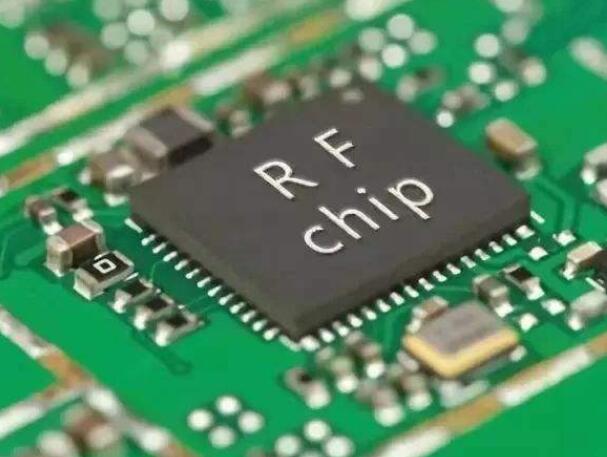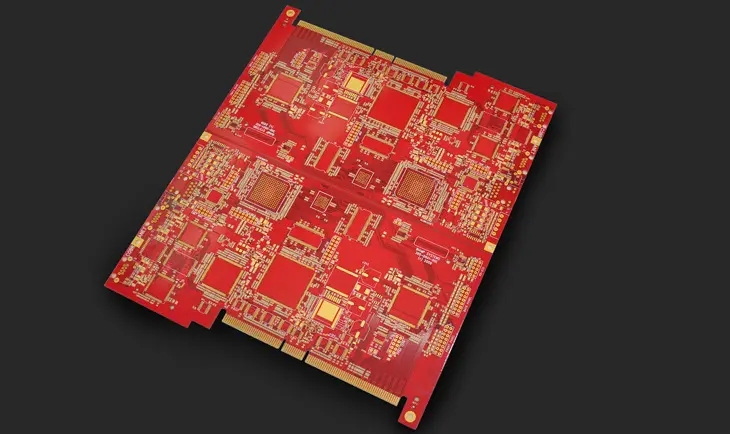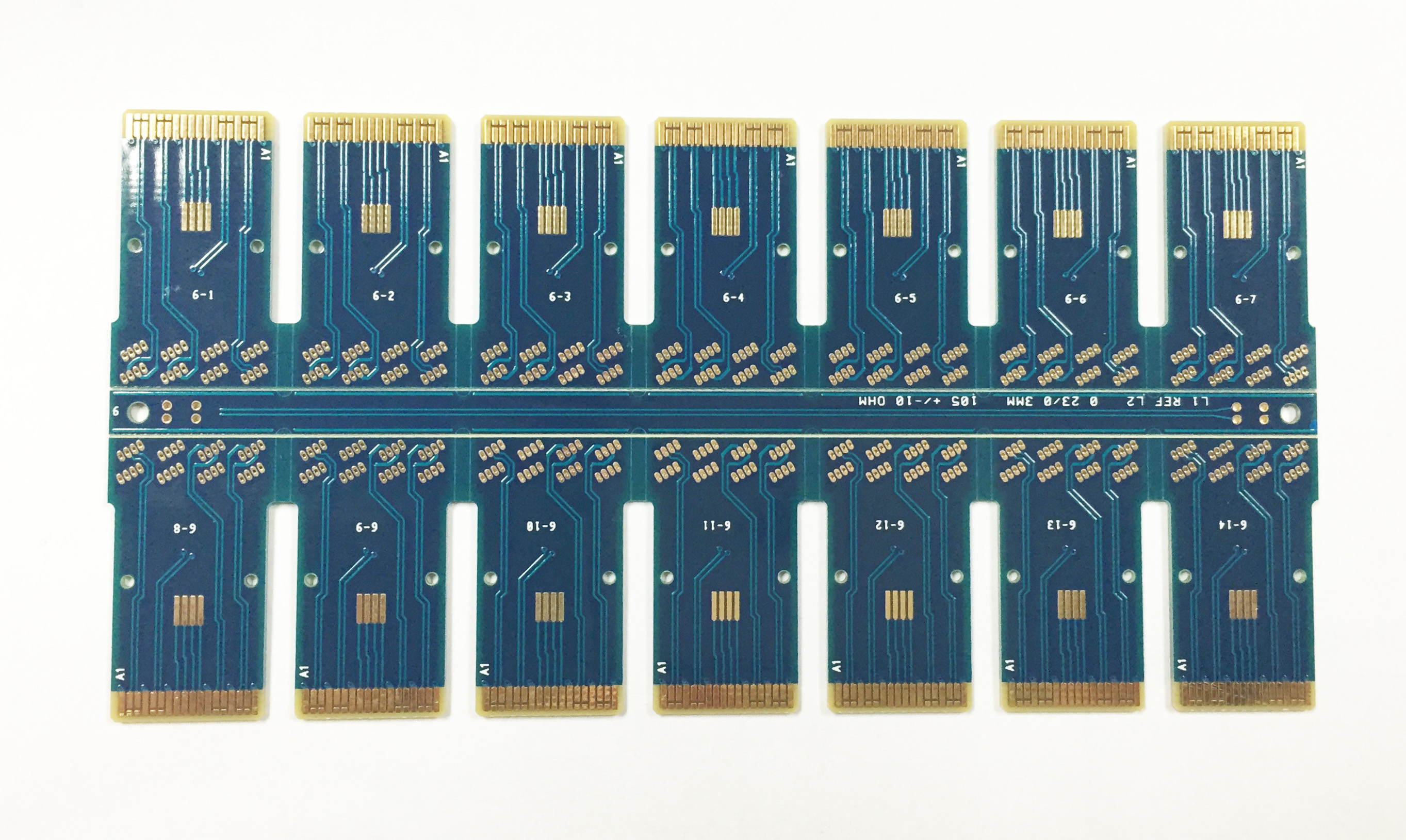
What is the RF chip of fingerprint module FPC? What is the purpose?
PCB manufacturers, PCB designers and PCBA manufacturers explain to you what the RF chip of the fingerprint module FPC is? What is the purpose?
What is RF chip?
RF chip refers to an electronic component that converts radio signal communication into a certain radio signal waveform and sends it out through antenna resonance. The RF chip architecture includes two parts: the receiving channel and the transmitting channel. For the existing GSM and TD-SCDMA modes, if the terminal supports an additional frequency band, its RF chip will correspondingly add a receiving channel, but whether to add a transmitting channel depends on the interval between the new frequency band and the original frequency band.
For mobile communication systems with reception diversity, the number of RF receiving channels is twice that of RF transmitting channels. This means that the more LTE frequency bands supported by the terminal, the number of RF chip receiving channels will increase significantly. For example, if M GSM or TD-SCDMA frequency bands are added, the number of RF chip receiving channels will increase by M; If M frequency bands of TD-LTE or FDD LTE mode are added, the number of RF chip receiving channels will increase by 2M. LTE spectrum is relatively fragmented compared with 2G/3G. In order to achieve international roaming through FDD LTE, the terminal needs to support more frequency bands, which will lead to the challenge of increasing the cost and volume of RF chips.

In order to reduce chip area and chip cost, adjacent multiple frequency bands and multiple modes can be supported in one receiving channel of the RF chip. When the terminal needs to support multiple frequency bands included in this receiving channel, it needs to add switching devices in the RF front-end to adapt the receiving SAW filter or duplexer corresponding to multiple frequency bands, which will lead to the increase in the volume and cost of the RF front-end. At the same time, the introduction of switches will also reduce the RF performance of the receiving channel. Therefore, PCB manufacturers believe that how to balance the volume and cost contradiction between RF chip and RF front-end will affect the volume and cost of the entire terminal.
In addition, there is no technical threshold for a single RF chip to support TD-LTE and FDD LTE, and many manufacturers have launched corresponding products. Different from baseband chips, it is relatively easy to add support for TD-SCDMA in multi-mode RF chips.
What is the purpose of RF chip
The RF front-end chip is mainly used to transmit and receive signals. To connect wirelessly, you must have a RF front-end chip. It includes RF switch, RF low noise amplifier, RF power amplifier, duplexer, RF filter and other chip modules.
Relationship between RF chip and baseband chip
First of all, let's talk about history. Radio Frequency and Base Band are both from English literal translation. Among them, the earliest application of RF is Radio - Wireless Broadcasting (FM/AM), which is still the most classic application of RF technology and even radio field.
The baseband is the signal with the band center at 0Hz, so the baseband is the most basic signal. The circuit board factory has learned that some people also call baseband "unmodulated signal", which was once a correct concept. For example, AM is a modulated signal (no modulation is required, and the content can be read through the voice components after receiving).
However, for the modern communication field, baseband signal usually refers to the digitally modulated signal with the spectrum center at 0Hz. And there is no clear concept that the baseband must be analog or digital, which depends entirely on the specific implementation mechanism.
To get down to business, baseband chips can be considered as including modems, but not only modems, but also channel codecs, source codecs, and some signaling processing. The RF chip can be regarded as the simplest baseband modulation signal up conversion and down conversion.
Modulation is a project that modulates the signal to be transmitted to the carrier through certain rules and then sends it out through the RF transceiver. Demodulation is the reverse process. PCB manufacturers, PCB designers and PCBA manufacturers explain to you what the RF chip of the fingerprint module FPC is? What is the purpose?







